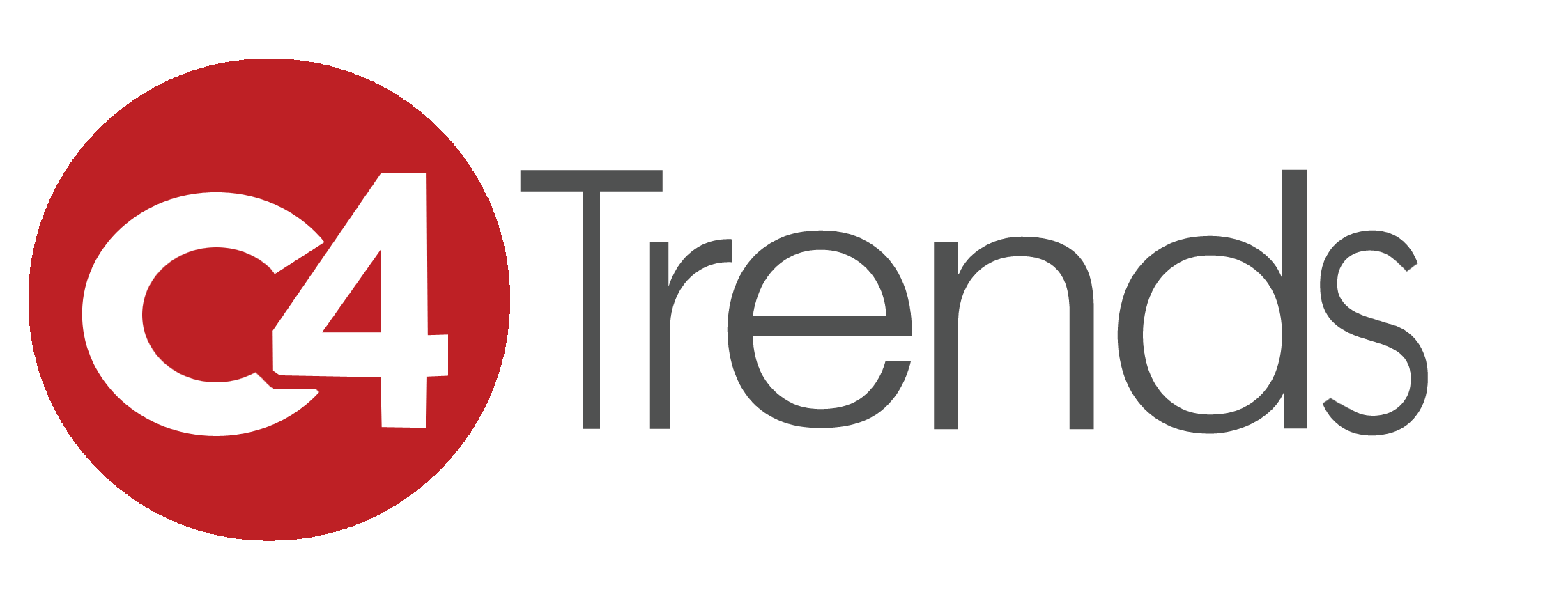 “Big data” has quickly moved from buzzword to disrupting how companies do business. Loosely-defined, it describes the exponential growth, availability and use of information in a data-rich landscape. It’s about analyzing the ever-growing volume, variety and velocity of consumer information that allows companies to discover new insights to help them compete. Personalized big data has been described as the “oil of the new economy” and will be central to most digital commerce models.
“Big data” has quickly moved from buzzword to disrupting how companies do business. Loosely-defined, it describes the exponential growth, availability and use of information in a data-rich landscape. It’s about analyzing the ever-growing volume, variety and velocity of consumer information that allows companies to discover new insights to help them compete. Personalized big data has been described as the “oil of the new economy” and will be central to most digital commerce models.
The market for big data technology is expected to grow at a 40 percent annual rate, from $3.2 billion in 2010, to $16.9 billion in 2015, according to IDC. Gartner projects that the worldwide information volume is growing at a minimum rate of 59 percent annually.
Gone are the days when the local retailer on Main Street knew you and your family. Now it’s about the Internet capturing your preferences and sales data. Consumers, knowingly or not, have exposed a great deal of information about themselves in user profiles or in response to marketing tactics. Past purchases, along with Twitter, Facebook and other social networks are generating a huge volume of information that is a potential goldmine for businesses, including location, gender and even sentiment, by sorting through billions of social interactions.
Welcome to the new age of “personalization” based on data strategies. New systems, services and tools are being developed to deal with the complex and massive information overload related to data capture, storage, search, sharing, analysis and visualization. HP, IBM, Microsoft, Oracle, SAP and a slew of smaller companies are offering new capabilities. They range from big systems that can handle large volumes of data distributed across multiple commodity servers, collaborative analytics software that analyzes data to uncover patterns or analyzes information using ad-hoc queries, as well as business intelligence analytics and advanced monitoring capabilities.
Retail, Marketing and Advertising
Big Data enables retailers to develop the most comprehensive consumer profile possible. However, competing in business will take more than being good at collecting and processing big data. What will the retailer or ad agency do with it? Big data enables crunching the numbers in real-time and turning it into actionable items regardless of data volume. Retailers will have access to amazing, timely insights to monitor their customers, identify new market opportunities and capitalize on new areas of innovation by using intelligent data.
Retailers can use big data to analyze customer needs and to plan their inventory and marketing strategies. They can reach customers effectively, build loyalty and cross-sell, up-sell and maintain existing customers by using advanced IT systems that include marketing applications and behavioral analyses, while also tracking social interactions to make customized product recommendations.
In a customer-centric model, retailers can predict their customers’ price sensitivity and develop promotions accordingly. They can identify where customers are in the “lifecycle” of their relationship with the store to create retention strategies and incentives for customers who are active on social networks. They can generate recommendations and inform their customers via personalized e-mails, newsletters or SMS messages. Big data also can provide retailers with new connecting touch points to enhance their interactions with their customers to lead to increased profitability in a competitive environment.
Transforming Healthcare
Another untapped area is healthcare. Imagine the data that will be generated from body sensors, implanted devices, wearable user interfaces and 24/7 remote monitoring. How will this data be integrated into the healthcare system?
In addition, the baby boomers have redefined every life stage they have passed through. We are already seeing the emergence of the concept of “aging in place.” Boomers want to live independently. They are working at staying healthy and active as the healthcare systems begins to shift from being physician-centric to patient-centric. It’s now about preventative care and wellness.
The dynamics of this new data ecosystem is enormous for developing innovative decision-making. Frameworks will need to be created that support trust, safety, security, privacy and transparency as well as control equitable value distribution throughout the personal data ecosystem on a global scale. The industry needs to ensure that big data doesn’t intrude and make you feel that “big brother” is watching.
Big data is a catalyst for innovative disruption as a cascade of information becomes available. We’re at the beginning of this transition from the “feudal age,” to big data causing major disruptions in how we work, spend leisure time and take care of ourselves.

